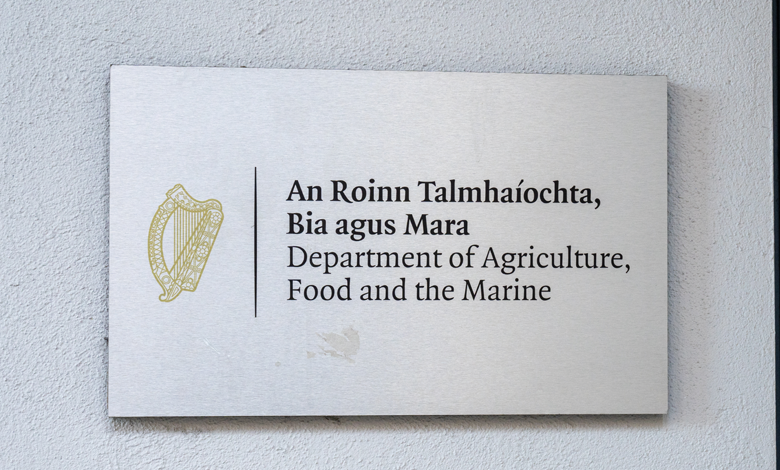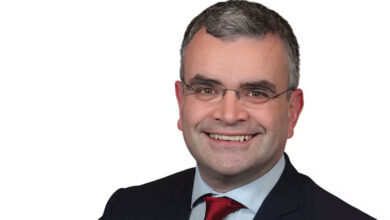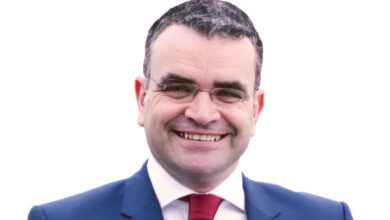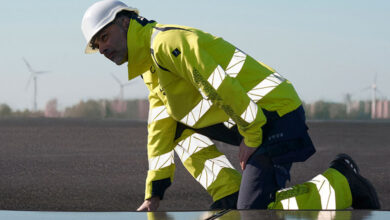Creating a bilingual public sector workforce

One-fifth of public sector recruits will be required to be competent in Irish by the end of 2030, under the Official Languages Act 2003 and the Amendment Act 2021.
In October 2024, the Department of Tourism, Culture, Arts, Gaeltacht, Sport and Media published the National Plan for Irish Language Public Service 2024–2030, outlining how recruitment and technology will be essential in achieving a bilingual public sector workforce by 2030.
The Plan outlines measures to take to achieve the objective that by the end of 2030, 20 per cent of new recruits, both internal and external, be competent in Irish as set out in the Official Languages Act 2003, and the Amendment Act 2021. Both Acts stipulate that Ireland must achieve a fully bilingual public sector by 2030 to align with article eight of the Constitution which dictates that Irish is the first language of the State.
Measures to reach the 20 per cent target will be rolled out in a pair of three-year action plans during the six-year period of the National Plan. As noted in the report, the 20 per cent target applies to external and internal recruitment in public bodies. According to a survey outlined in the report, 73.7 per cent of public sector works were unaware of the 20 per cent target.
Approximately 380,000 staff currently work in the public sector, with the HSE being the largest employer with 160,000. At present, 14.2 per cent of HSE staff are non-Irish and the Plan estimates that this figure will increase due to the shortage of healthcare workers in the State, and internationally. This is identified as a challenge for the 20 per cent target.
Surveys of public sector workers conducted during the Plan’s preparation found:
- 11.45 per cent were competent in spoken in Irish;
- 12.92 per cent had the potential to be competent;
- 75.62 per cent were not competent;
- 16 per cent have undertaken an Irish language training course;
- 84 per cent have not undertaken a course;
- 66 per cent would like to undertake a course;
- 18.1 per cent would not like to undertake a course;
- 31.54 per cent said they have not thought about taking a course or do not know if they would like to do so; and
- 73 per cent of public bodies claim they provide Irish language training supports but only 3 per cent attend them.
Today’s announcement is about all of the innovative work that is underway to normalise the language in every field.”
Minister of State Thomas Byrne TD
To improve the Irish-speaking competency of public service workers the committee recommended that public bodies:
- provide core services to Irish speakers through service hub pilots;
- establish a Shared Translation Service;
- examine methods to draw on the Official Languages Office mechanism;
- identify strategies to improve staff’s Irish competency;
- encourage staff to take Irish language courses;
- examine the feasibility of expanding Irish language programmes through the Advanced Irish Language Skills Initiative; and
- encourage the use of Irish in public bodies.
The Plan also outlines the replacement of the Language Scheme System recommended by an Coimisinéir Teanga in its 2017 assessment of the 2003 Act. It found there was a lack of standardisation in the scheme and outlined three measures to address this:
- a new recruitment policy to ensure a minimum required level of staff with Irish language competency;
- common standards of services in Irish would not be based on the system of language schemes; and
- ensure public sector workers serving Gaeltacht communities are fluent in Irish.
These recommendations formed the basis of the Language Standards which will replace Language Schemes in accordance with the 2021 Amendment Act.
Digital
Developing Irish in technology is identified as key due to aims set out in Harnessing Digital: The Digital Ireland Framework, published in 2022. An advisory committee on the Irish language in the digital sphere was also appointed to keep the Department updated on digital developments relating to the language and the Irish-speaking community. The committee outlined various actions to be taken in this regard:
- embed Irish in technology used in public services at the outset of its development – especially regarding AI;
- examine the provision of websites, systems, and other interactive services in Irish and English; and
- establish technical work group or groups to establish the provision of higher quality Irish language services.
“Our national language is one of the most precious treasures of Irish culture and heritage and is an expression of our unique identity as a nation. We can now focus on merging that heritage with today’s digital society,” the Plan states.
Embedding Irish in AI systems is identified as vital to providing bilingual public services. This sentiment is shared through the EU, as illustrated by the Alliance for Language Technologies (ALT-EDIC) which the Department participates in. The Alliance was established “to address the shortage of material on European languages for the purpose of training AI applications”, and preserve European languages in the digital age.
Alongside the launch of the Plan, the Department announced that a tender process had begun for the development of a new Irish-connected AI tool called Ard-Intleacht na Gaeilge. The tool aims to provided real-time speech processing to aid in the delivery of public services to Irish speaking communities, and is due to be built by 2026.
At the time of the launch, then-Minister of State for the Department Thomas Byrne TD said: “Today’s announcement is about all of the innovative work that is underway to normalise the language in every field, and I congratulate all of the different stakeholders involved in promoting these various projects – I applaud the work and the opportunities being seized.”





